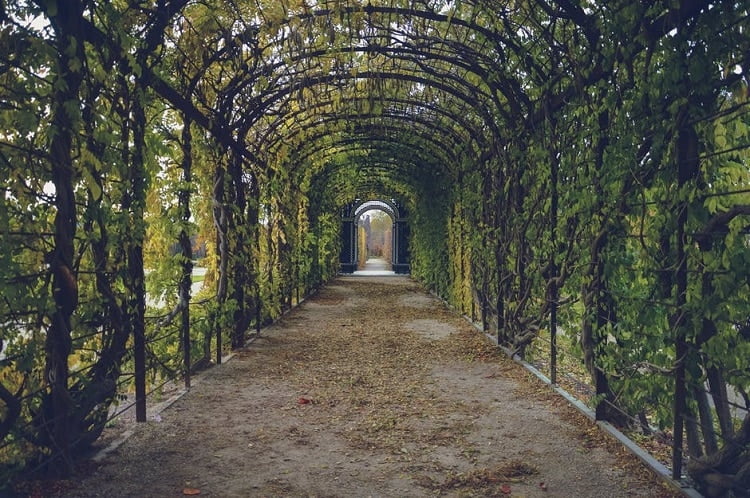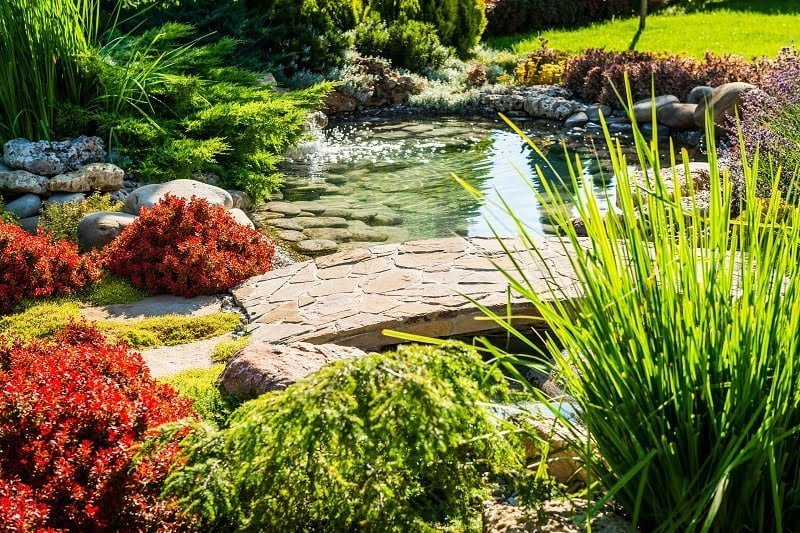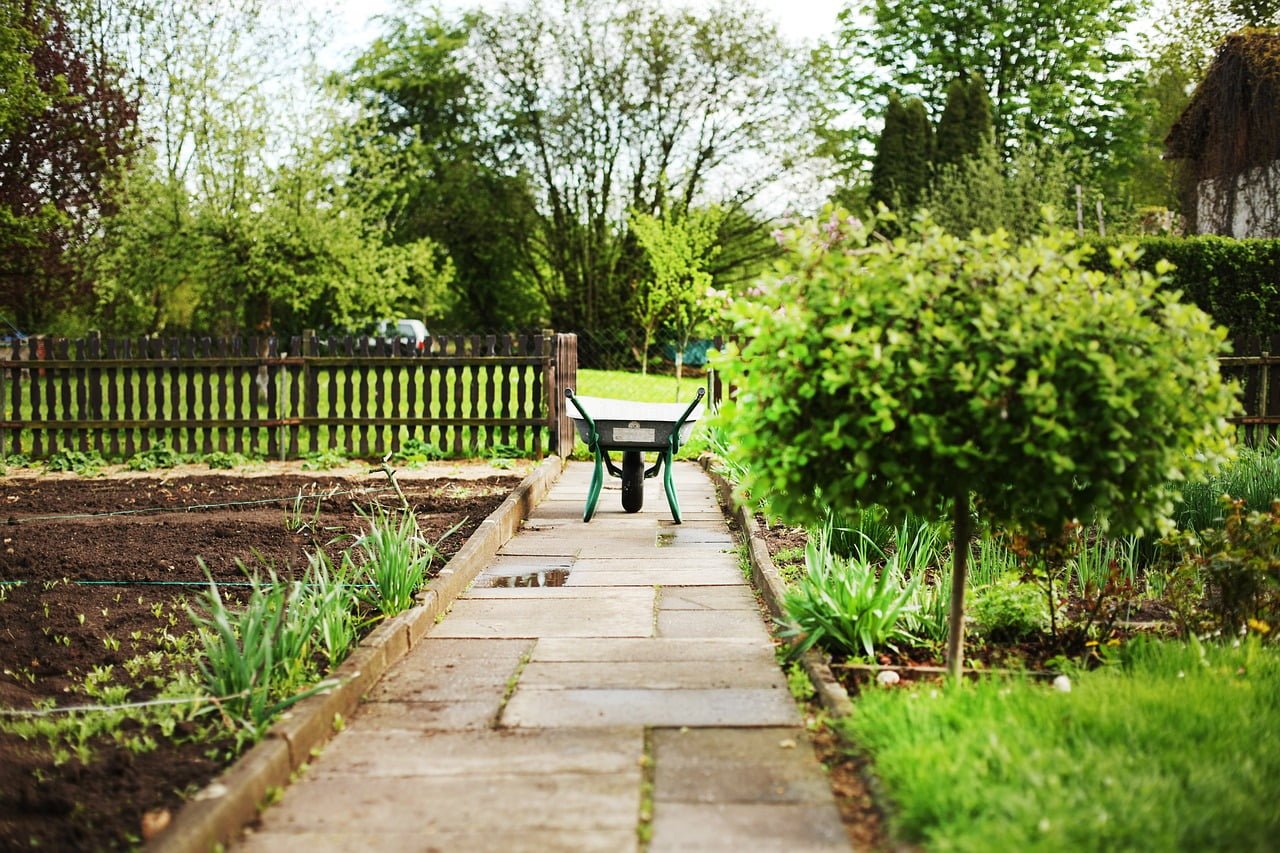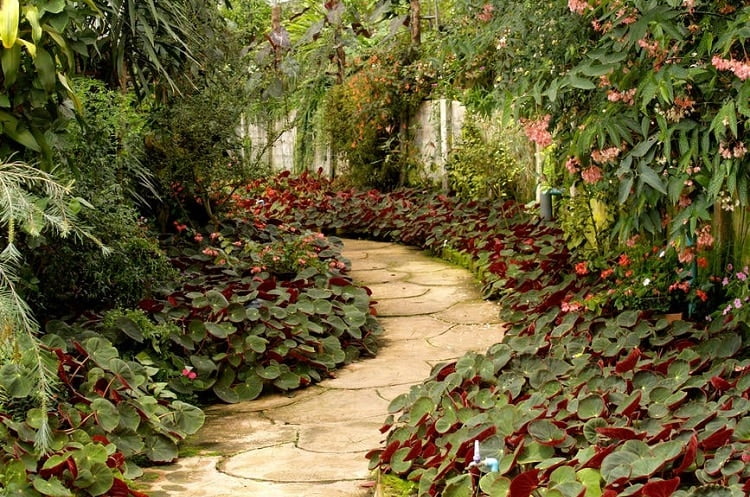
What Is a Sensory Garden?
A sensory garden is a space containing elements that can stimulate a larger number of our senses. Based on their design and features they contain, they can take advantage of the sense of sight, smell, touch, sound, and taste. Such places are ideal for therapy, as they can help people relax and disconnect from the outside world. If you want a refuge from all that noise and chaos, you can do it right in your own garden. Of course, you’ll need a small reorganization, including replanting mostly everything, but the final product is absolutely worth it.What to Consider Before Building the Sensory Garden
First of all, you should choose the plants suitable for every sense. It’s better to cluster them together based on the sense they appeal to, as they’ll need grouping together. Therefore, before you do the planting, create some clear boundaries for each area. Then, think about the possibility of having more people visit your garden. In this case, there will be a lot of hands to grab the leaves with a nice texture or to pluck the edible flowers and fruits from the stems. Therefore, the plants should be used to such treatments. If you choose something too sensitive, you might find that your sensory garden won’t last.Can I Incorporate Sensory Elements into my Man Cave Design?
When designing your man cave, incorporating sensory elements can enhance the overall experience. From installing surround sound systems for an immersive audio experience to incorporating soft lighting for a cozy ambiance, you can build the perfect man cave by appealing to all your senses. Adding comfortable seating, tactile textures, and even scent diffusers can further elevate the space, creating a truly personalized retreat. With careful attention to sensory details, your man cave design will surpass expectations.
How to Create a Sensory Garden
For a complete sensory garden, you need to satisfy all the senses. If you don’t have the means, you can also select only a few. For instance, you can have a garden that is visually and auditorily satisfying or one that has plenty of fragrant and edible flowers. However, you will acquire the best effect only if you combine all the elements together.Stimulating Your Sight
For this part, you need plants that have a striking appearance and a great visual appeal. At first, you can start by making combinations. Mix all the heights you can get, and plant both tall trees, tiny shrubs, and bushes of medium height. You can either arrange them based on their height or combine them and create patterns. Apart from layering them based on height, there are a few other things you can do. Plants are also spectacular because of their leaves, flowers, or general appearance. You can try grouping them based on these features. First, you can combine plants with tiny leaves with other plants that have huge and luxurious foliage. Those that have a spiky appearance are an option worth considering, as well as those plants with hanging and flowing stems, like willows.
Types of Plants You Can Use
A sensory garden is ideal during the warm seasons when all plants thrive and bloom. However, not all plants die when the cold season comes. To maintain a dramatic effect in the sensory garden even in winter, you can consider adding some perennial plants. Evergreens will always bring a splash of color, as well as hanging vines or ornamental grasses. Here are several flowers with a unique look that will give that desired visual impact to your sensory garden. Balloon flowers have some huge buds in the shape of balloons while bleeding hearts have some tiny blooms that have a perfect heart shape. Lunaria has some pretty purple blooms during summer, but they turn a striking silver during fall.Stimulating Your Touch
When learning how to create a sensory garden, it’s important not to forget about the tactile factor. You should use all kinds of materials and plants that have a nice texture and leave a pleasant feeling once you touch them. Of course, textured foliage is the big star here. However, you can achieve the same effect with a soft lawn or a nice alley covered in pebbles.Types of Plants You Can Use
The most widely used textured plant for sensory gardens is lamb’s ear. This has some leaves covered in a furry material that are a true delight when touched. Fountain grasses also have a visual impact, but they are perfect for that nice touch on your skin. Other soft plants include pampas grasses, that are also tall and visually impressive, pussy willows, or chenille plants. Succulents are also a smart choice for sensory gardens. No matter what their shape is, they all have fleshy leaves that give a nice sensation when touched. However, the tactile part of the garden shouldn’t only be about soft textures. You can go with the prickly too, offered by succulents like aloe vera. Junipers are also a smart choice if you want something sharper.Stimulating Your Smell
The olfactory sense plays another important role in a sensory garden. Of course, you’d like to enjoy a bunch of pleasant smells when you take a walk through the garden. Most of these smells can easily be achieved with the help of flowers. However, your sensory garden will be more interesting if you add several other unusual scents as well.Types of Plants You Can Use
If you want to go for the classic flowery smell, roses, lavenders, lilies, or jasmines are a great choice. However, you can go for the herby smell just as easily. Many plants have fragrant leaves that you can crush between your fingers to make them leave out that smell. In this category, you can find rosemary, thyme, sage, or oregano. Pine needles are another option if you want something fresh. Some plants and herbs can even smell fruity, like agrimony, pineapple sage, or the extremely versatile scented geraniums. If you combine flowers and plants from all categories, you will create a real delight for your nose.Stimulating Your Hearing
This might sound a little more complicated to achieve. You can create sound illusions with the help of plants, but incorporating some non-vegetal elements might be more helpful. As mentioned above, adding pebbles or other loose materials on the alleys might bring a delicate texture. They can create a sound effect as well that is more than perfect for a sensory garden. Of course, the sound of running water would turn any garden into paradise. There’s nothing that equals this effect, so you should consider getting a small pump and creating a water feature. If you don’t have enough space for a pond or a waterfall, you can achieve the same effect in a smaller bowl. Wind chimes are also a solution, as they can create that feeling your peace you yearn for. However, this can happen during a calm day. If it’s windier outside, the sound might get too chaotic. Therefore, you can choose wind chimes that you can easily remove in case of a storm or a day with strong winds.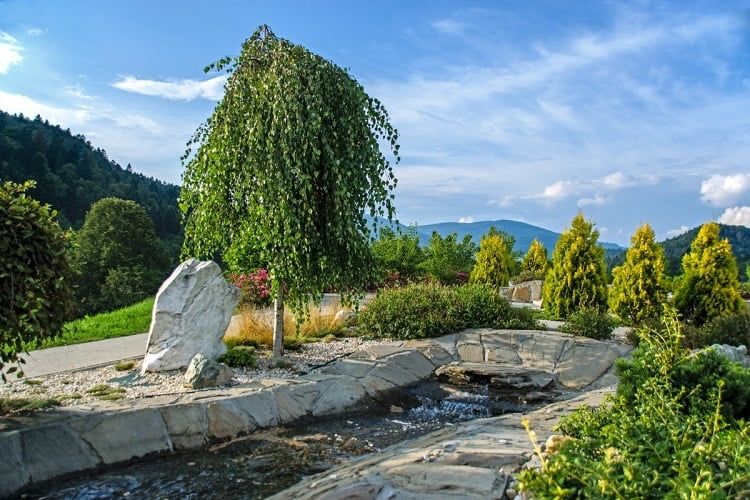
Types of Plants You Can Use
Of course, the easiest way to achieve sounds effects is through plants. They usually have tall stems and moving leaves that create a nice rustling when the wind is blowing. Bamboos are the perfect choice in this case, but you have to be careful. Do some research before choosing your variety, as some are extremely invasive. Ornamental grasses are another great sound maker, as they are tall and wavy. Poppies have some noisy seed heads, so they are perfect for a different sound effect. However, not all the sound should come from plants and their leaves. You can add flowering plants to attract bees and other pollinators, or flowers that are appealing for birds. Some bird feeders might be a good idea as well.Stimulating Your Taste
Here’s the final step on how to create a sensory garden. You shouldn’t forget about taste, as it’s the sense we definitely couldn’t live without. Of course, to satisfy it in your garden, you need some plants that are edible. Don’t forget they should be safe to eat as well. Therefore, it’s better if you only use organic methods when growing them, without any toxic chemicals.Types of Plants You Can Use
Of course, you can plant whatever vegetables and fruits you like. You don’t need a big patch of land, as some of these plants can grow in containers or small rows. Here are a few veggies and fruits you can grow easily and pick up for a quick snack. Cherry tomatoes are ideal, as well as baby carrots, sweet peas, or beans. Don’t forget about the leafy greens like lettuce or spinach. Sweet treats shouldn’t miss from a sensory garden. Many people would choose berries, as they don’t take much space and can be eaten on the spot. Don’t forget about edible flowers, like some varieties of violets or clover, or sweet herbs like basil, dill, or anise.





